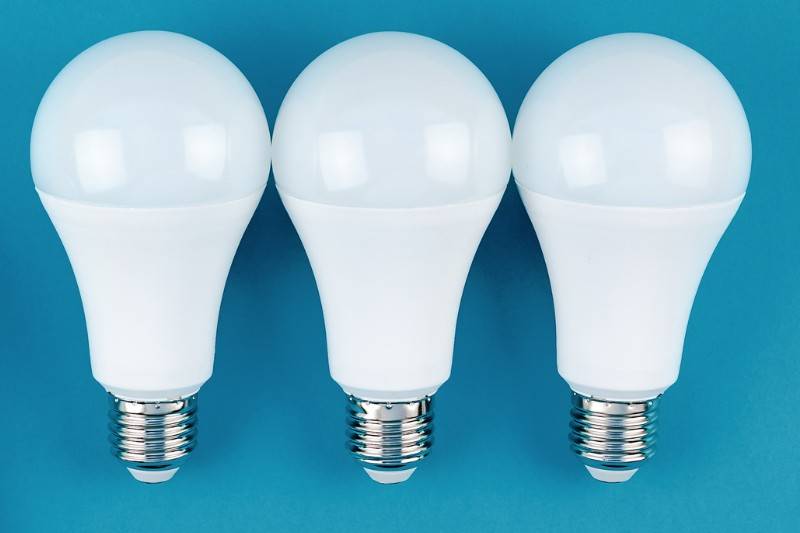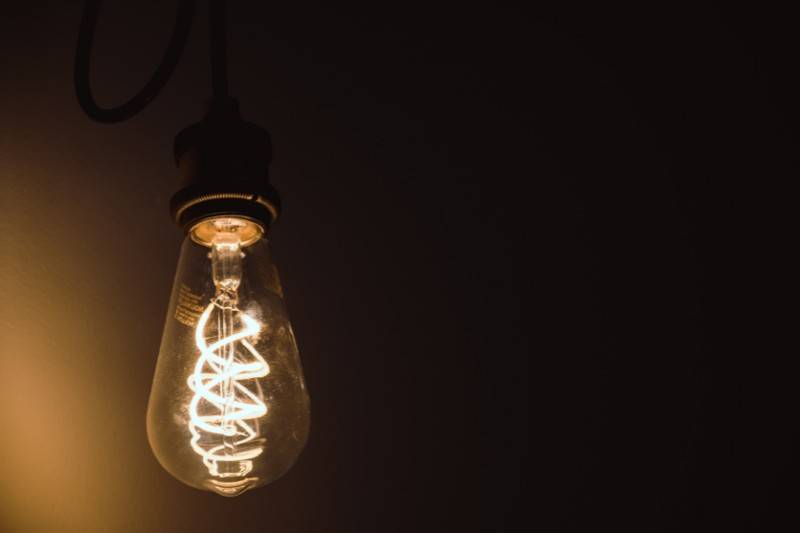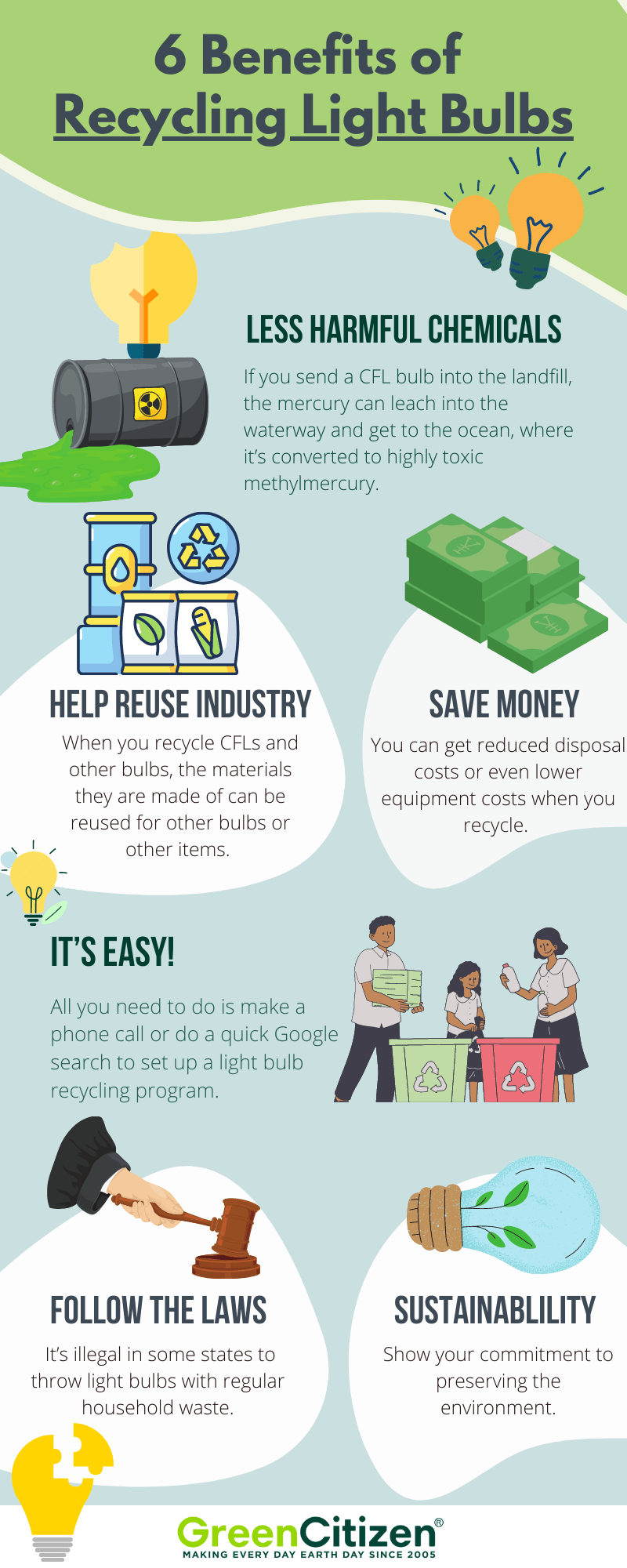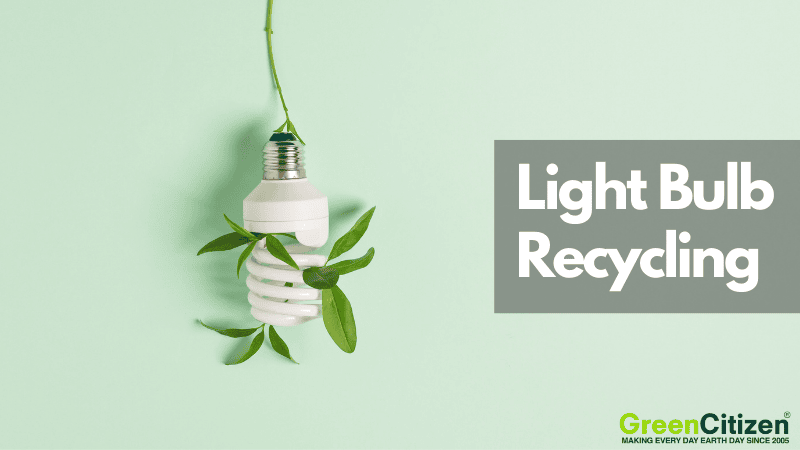Did you know that billions of light bulbs are thrown away each year? Yep, and most end up in landfills, adding to the mountains of waste. We’re talking about different kinds, too—incandescent, CFLs, and LEDs. While they help keep our homes and offices bright, they also contain materials that can harm the environment if not handled properly.
Well, I used to toss any old light bulb in the trash without giving it a second thought. Who does, right? But when I found out that some light bulbs can release harmful toxins like mercury, it hit me: I was casually polluting the environment. That was my “light bulb moment”—pun intended. That’s when I knew I had to switch things up and start recycling every single one.
Recycling light bulbs isn’t just a smart idea—it’s crucial for keeping our environment and health safe. Let’s not let all that glass, metal, and potential toxicity go to waste!
Can You Recycle Light Bulbs?
Yes, you can recycle light bulbs! Some people think you can’t because they don’t know how or where to recycle them, but most bulbs can be recycled—just not always in the same way.
For instance, though less harmful, incandescent bulbs can still be recycled for their glass and metal components. CFL bulbs, on the other hand, contain mercury and need careful handling due to their toxic nature.
LED bulbs are valuable because of the recyclable materials inside, like glass and metal, but they also contain hazardous metals that require specific disposal methods. At recycling centers, each type of bulb is carefully dismantled—glass, metal, and toxic substances like mercury are separated and properly treated.
So, the next time you change a bulb, don’t toss it in the trash! Recycling centers are well-equipped to break them down safely, giving their parts new life and keeping toxins out of landfills.
Types of Light Bulbs and Their Recyclability
Incandescent Bulbs
These traditional bulbs are made of glass, a metal base, and a tungsten filament. While incandescent bulbs have been lighting our homes for over a century, they’re now being phased out due to their inefficiency—using more energy to produce less light.
Although they contain fewer hazardous materials, incandescent bulbs can still be recycled. The glass, metal, and filament can all be separated and reused in other products. So yes, even your old-school bulbs deserve a second life!
Compact Fluorescent Lamps (CFLs)
CFLs have become a popular alternative because of their energy efficiency—they use about 70% less energy than incandescent bulbs. However, they come with a catch: mercury. This toxic element helps the bulb work but poses a risk if not disposed of properly.
Because of this, CFLs must be recycled. Recycling centers handle these carefully, ensuring the mercury doesn’t pollute our environment. Additionally, it’s important to handle broken CFLs with care, storing used bulbs in sturdy cartons to prevent breakage and following local regulations for safe disposal.
Light Emitting Diodes (LEDs)

LEDs are the champions of longevity and efficiency, lasting up to 25 times longer than incandescent bulbs. They’re also packed with recyclable materials like glass, metals, and semiconductors.
LEDs don’t contain hazardous materials like mercury, but they do have valuable components that make them perfect candidates for recycling. If you want to stay eco-friendly, be sure to recycle your LEDs once they finally burn out, especially Christmas lights!
Where To Recycle Light Bulbs
If you’re like me, you’ve probably had a few burnt-out bulbs rolling around in a drawer, waiting for the “right time” to dispose of them. The good news is that recycling them doesn’t have to be complicated! Plenty of options are available, especially in places like California, where sustainability is a priority.
First, check for drop-off sites at local recycling centers. Many areas offer designated spots where you can simply drop off your used bulbs, including CFLs, LEDs, and even incandescent bulbs.
Some companies offer mail-back programs if you can’t make it to a center. These allow you to send in your old bulbs, often for free, and have them responsibly recycled. However, be aware that for certain items, such as incandescent light bulbs, a small fee may apply.
In the U.S.—and especially California—you’ll also find retailers like Home Depot and Lowe’s offering take-back programs. You can bring your used bulbs to participating stores, and they’ll handle the recycling for you.
Another option is to keep an eye out for local recycling drives or events. Many communities organize special recycling days, where they collect items like light bulbs, electronics, and other hard-to-recycle materials. A quick search online can help you find events near you.

Pro tip: You can use our Green Directory to find nearby bulb recycling centers quickly and see what they accept! Just click on the link and type in “lightbulbs” in the “search for” field. Add your address or zip code in the “location” field and hit search. The directory will give you all nearby recycling centers with their phone numbers and addresses.
Light Bulb Disposal Laws

When it comes to light bulb disposal, not all states follow the same rules. In California, the laws are strict—residents are prohibited from throwing out bulbs, especially CFLs, with regular trash due to the toxic materials like mercury.
These bulbs are considered hazardous waste, and proper disposal is required by law. Instead, California promotes recycling programs and even offers incentives to encourage proper disposal. This state really leads the way when it comes to eco-friendly policies.
Other states, like Massachusetts and Vermont, also require mandatory recycling for CFLs due to the mercury content. Vermont even bans the sale of mercury-containing bulbs to reduce environmental impact. Washington has a similar approach, with residents required to recycle CFLs, LEDs, and fluorescent tubes through local programs.
In Minnesota, the law mandates that bulbs containing mercury must be recycled, and many hardware stores, like Home Depot, offer take-back programs to support this.
Massachusetts goes a step further by requiring all mercury-containing bulbs to be recycled, with retailers playing a key role in the collection process.
On the other hand, some states, like Texas, have more relaxed rules where incandescent bulbs can still be tossed in regular trash, but CFLs need to be recycled.
Want to know what your local laws are? Do a quick search on government websites or contact your local waste management authorities. They will help you know about the regulations. Many city or county recycling programs also offer clear guidance on light bulb recycling.
Environmental Impact of Improper Disposal
- Mercury Pollution: CFLs and other mercury-containing lamps pose significant risks if improperly disposed of. When these lamps are tossed in the trash, the mercury can seep into the soil and water, contaminating ecosystems and posing direct threats to human health. According to a study, just one CFL can pollute 6,000 gallons of water if not disposed of properly. Mercury vapor can also harm air quality, posing health risks to humans and wildlife.
- Landfill Overload: Discarded light bulbs take up unnecessary space in landfills. In the U.S., millions of bulbs are thrown out each year, adding to an already overwhelmed waste management system. Light bulbs are non-biodegradable, meaning they’ll sit in landfills for centuries.
- Resource Wastage: When light bulbs, especially LEDs, are not recycled, valuable materials like glass, aluminum, and rare metals are lost. In contrast, improper disposal means these resources go to waste, forcing us to extract more raw materials from the Earth.
Benefits of Recycling Light Bulbs
Recycling light bulbs comes with plenty of benefits:
- Keeps Harmful Materials Out of Landfills: CFLs contain mercury, which can leak into the environment if not disposed of properly. Recycling ensures these toxic materials don’t pollute our air, water, and soil.
- Conserves Valuable Resources: Light bulbs contain materials like glass, metals, and rare earth elements. By recycling, these materials can be reused, reducing the need to mine for new ones and saving energy in the process.
- Reduces Landfill Waste: Millions of bulbs are discarded annually. Without recycling, they take up space in landfills, where they won’t decompose. Recycling prevents them from clogging up landfills.

Ready To Take Action?
Recycling light bulbs is a small but impactful way to protect our environment. By keeping harmful materials like mercury out of landfills, we help safeguard our air, water, and soil. Additionally, recycling conserves valuable resources like glass and metals, reducing the need for new raw materials.
Now that you know the benefits, it’s time to take action! Whether it’s dropping off bulbs at your local recycling center or using mail-in programs, every step makes a difference. The next time you replace a light bulb, think twice before tossing it in the trash—recycle it instead!
Frequently Asked Questions (FAQ)
Yes, you can recycle compact fluorescent light bulbs (CFLs) at Home Depot, along with batteries and other electronics. Incandescent and halogen bulbs are safe to trash, but for fluorescent tubes, in some states, you need to find a recycler that accepts them.
No, you can’t put light bulbs of any kind in the recycling bin because they can’t be recycled together with bottles and jars. Dispose of it either with the rest of the waste or through a specialized recycling program.
Yes, you can recycle light bulbs at Lowe’s, but only the CFL ones. Incandescent, halogen, high-intensity discharge (HID) lights, and fluorescent tubes can’t be recycled at Lowe’s.
No, you don’t necessarily need to recycle LED bulbs. You can, but you’re not required to do so. They don’t contain hazardous materials so they are safe to throw into the black landfill bin. Still, you can ask how to dispose of light bulbs with your municipal waste company.
You can dispose of 4-foot fluorescent bulbs as universal waste in most states. Seven states, including Maine and California, treat them as hazardous waste and require you to recycle them due to the mercury content. If you need to transport long fluorescent tubes to a recycling facility, wrap them in old packing material to prevent them from breaking.
No, Best Buy doesn’t recycle light bulbs of any kind. If you need to recycle compact fluorescent, take them to the nearest Home Depot, Lowe’s, or find the nearest recycler through our Green Directory service.

